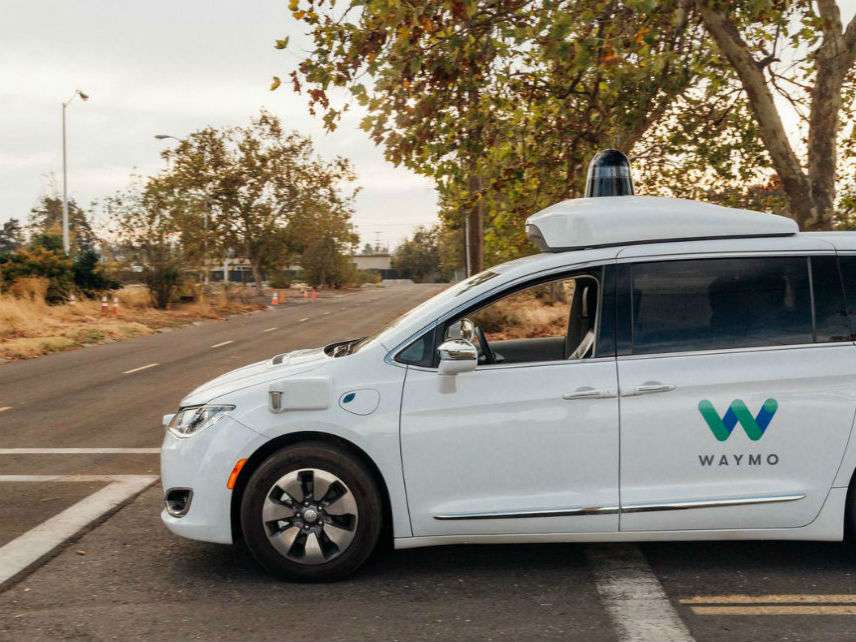Waymo Unleashes Real Self-Driving Cars in Arizona
No vehicle is truly self-driving if a "safety driver" is still sitting in the front seat

Waymo, the autonomous vehicle subsidiary of Google's parent company Alphabet, has revealed that it is running its self-driving vehicles on public roads in the Phoenix suburb of Chandler, Arizona without a safety driver sitting in front of their steering wheels. The Verge reports that soon "the company plans to invite regular people for rides in these fully self-driving vehicles." If I were a resident of Chandler, I would rush to sign up for Waymo's early rider program to enjoy the experience of being chauffeured by a robot car.
For now, Waymo's autonomous vehicles are geofenced to roam within a 100 square mile area, but the company plans to expand as its cars collect more data. The eventual goal is to deploy a fleet of robot vehicles as part of ride-hailing services. Right now many Americans don't trust robocars, but I predict that once they are on the roads, a vast and rapid shift in driving habits will ensue. Why? Greater safety and lower costs.
My Reason colleague Jim Epstein reports that self-driving cars will make most auto safety regulation unnecessary. "Basically, the entire vehicle code can be boiled down to be safe and don't unfairly get in the way of other people," says Brad Templeton, an entrepreneur and software architect, who has worked as a consultant with Google on its self-driving car project. Aside from the weather, another big reason that Waymo and other companies are testing their robocars in Arizona instead of California is that the Grand Canyon State regulates with a significantly lighter hand.
And much cheaper robo-rides will persuade many folks to give up owning costly vehicles that sit in their driveways 23 hours per day. As I earlier reported, fleets of shared driverless cars could cut the average consumer's transportation costs by as much 75 percent. In addition, if travelers take advantage of robotaxis, one autonomous vehicle could replace as many as seven to nine privately owned vehicles. Battery-powered self-driving cars could cut greenhouse emissions by 90 percent and free up about 3,000 square miles of urban land now devoted to parking. And they would provide mobility to millions of Americans who can't or don't drive now, such as disabled people, children, and the elderly.
Self-driving will be safer and cheaper; what's not to like?
See Epstein's excellent Reason TV video on self-driving regulation below.


Show Comments (96)